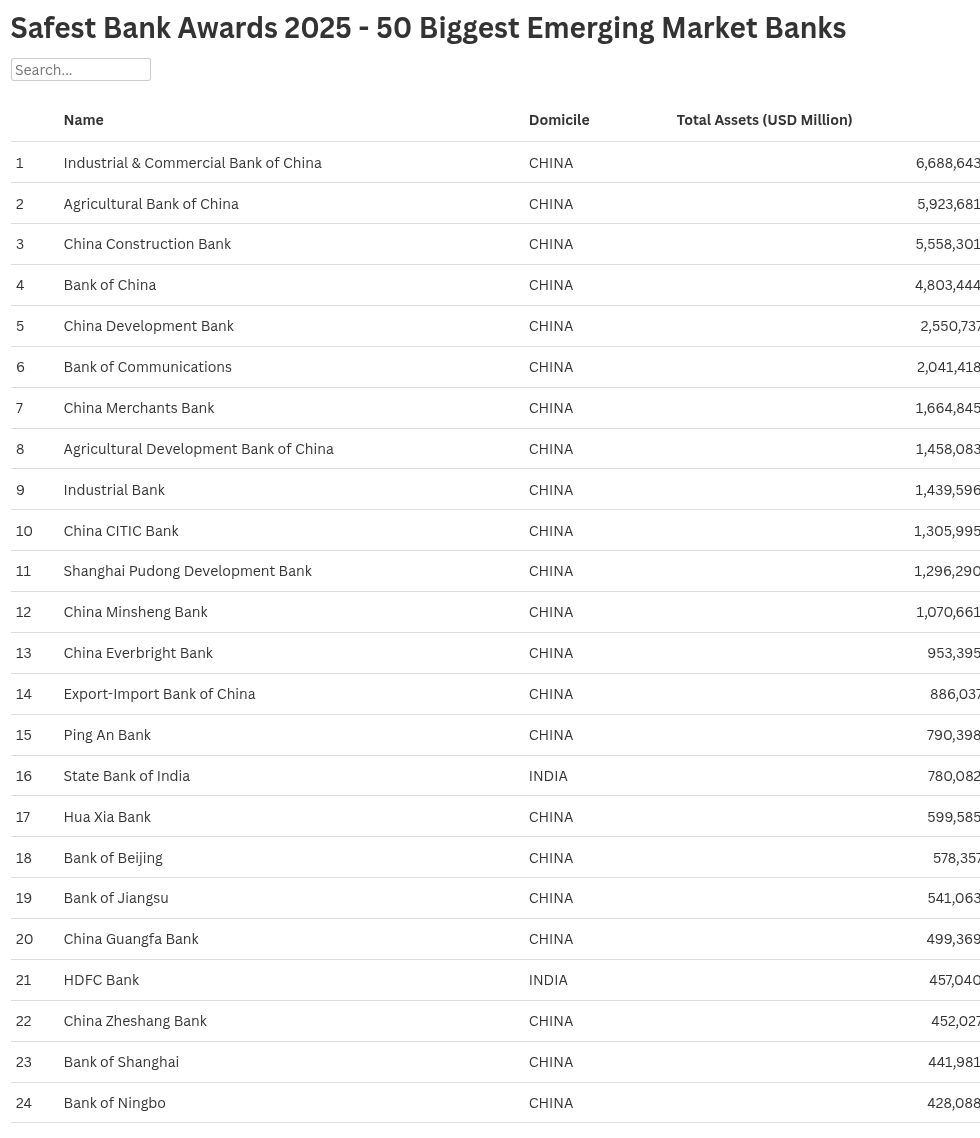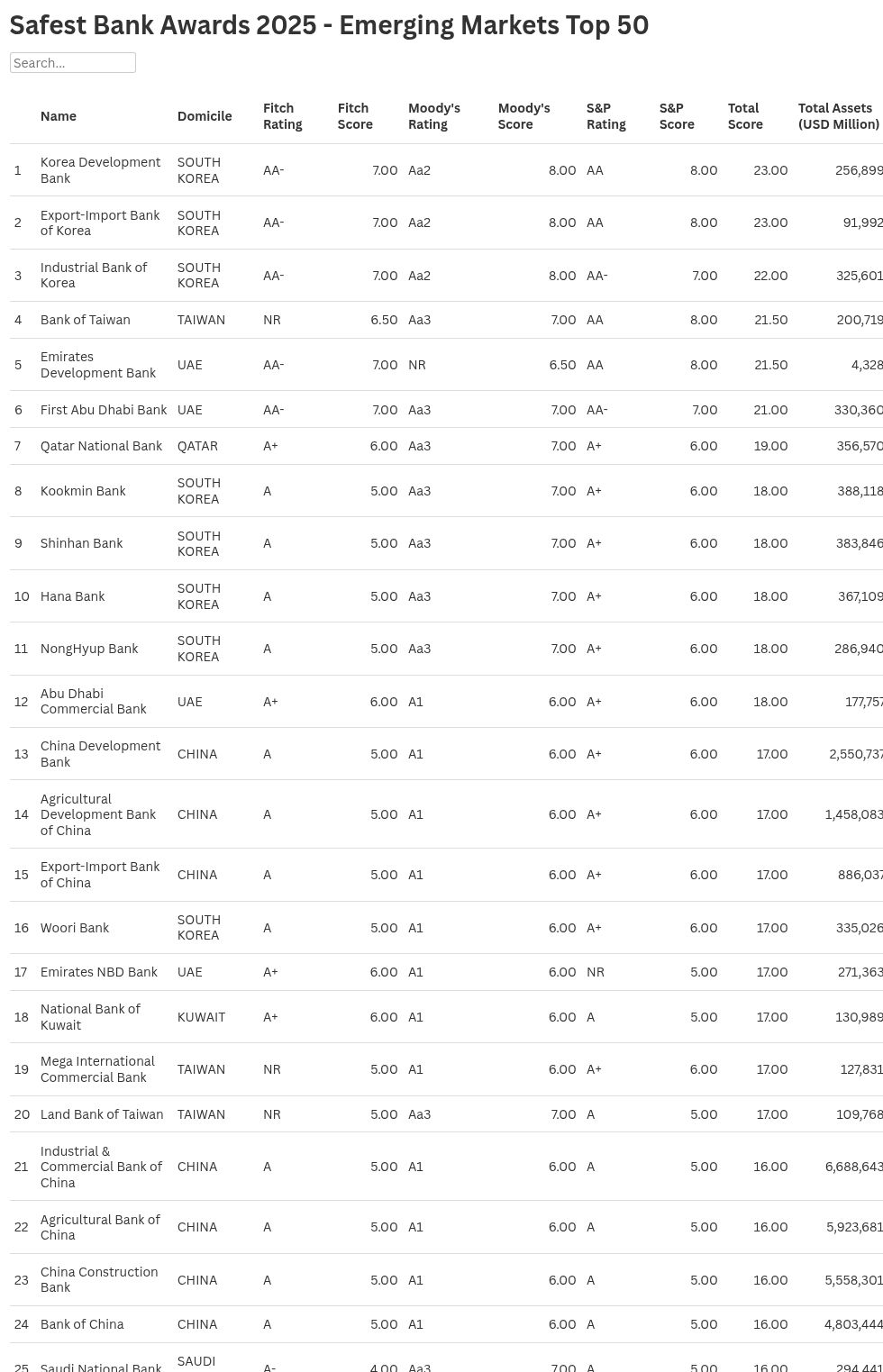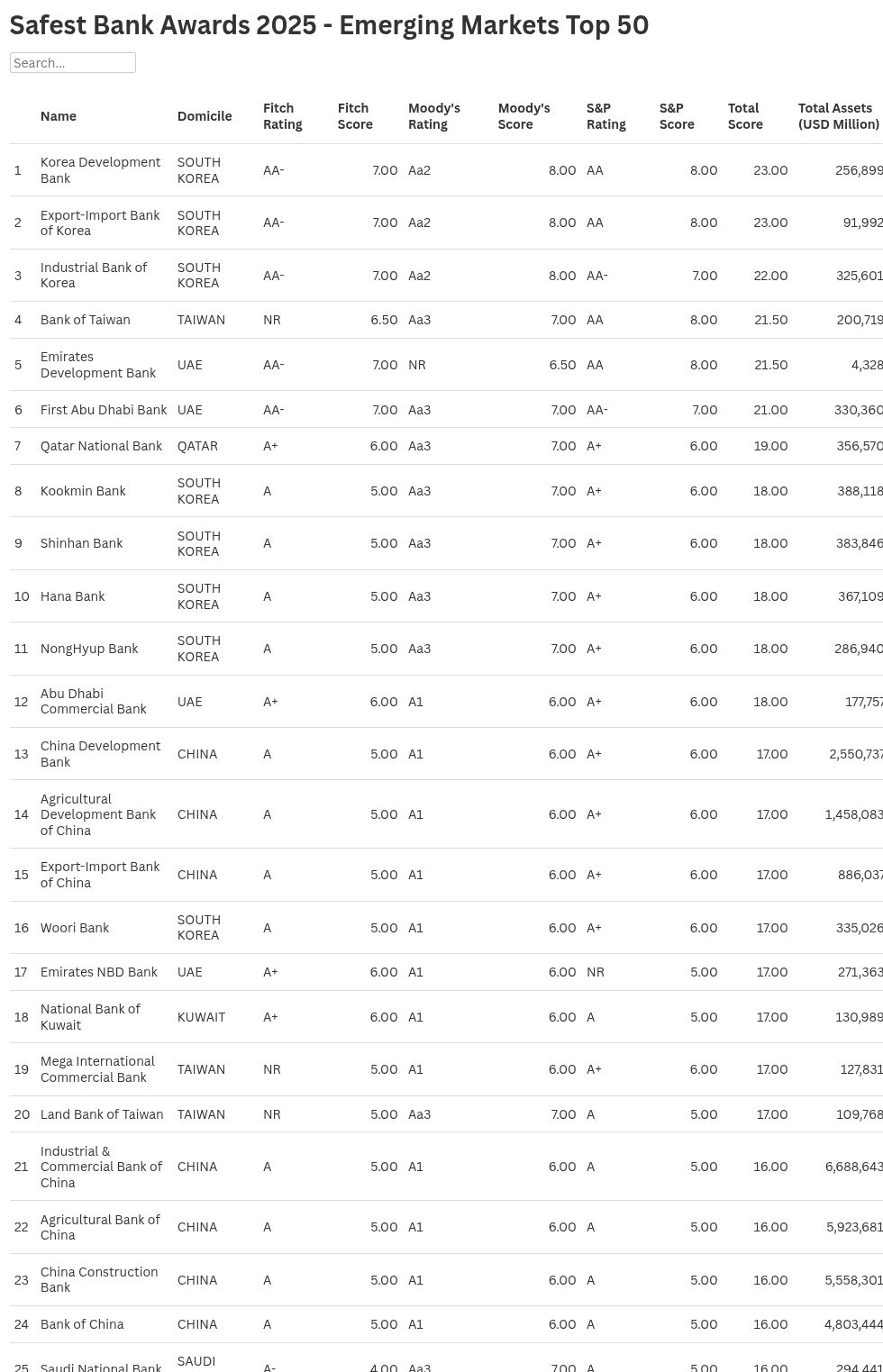Shares of AST SpaceMobile have climbed into the stratosphere.
Artificial intelligence (AI) stocks may have gotten most of the attention from investors over the last few years, but some of the period’s top-performing stocks don’t hail from the AI space — at least, not directly.
Instead, they represent emerging technologies like quantum computing, electric vertical takeoff and landing (eVTOL) aircraft, small modular nuclear reactors, and rockets and satellites. The artificial intelligence boom has provided a halo effect to other emerging technologies, as growth investors have become particularly keen to find those that might power the next breakout trend. Investing early in the company that may launch the next ChatGPT would produce huge returns, the thinking seems to go.
Thanks to the speculative optimism about their potential, many of these tech stocks have delivered returns of more than 1,000%, outperforming even Nvidia. However, few hot growth stocks have beaten AST SpaceMobile (ASTS -5.49%), which is building a satellite-based broadband network.
While it has yet to generate meaningful revenue, excitement around the business and its potential have surged recently as it has forged new agreements with customers.

ASTS data by YCharts.
Over just the last 18 months, a $1,000 investment in AST SpaceMobile would have grown into a stake worth more than $35,000. But with that climb behind it, is it too late to buy the stock?
What is AST SpaceMobile?
AST SpaceMobile is sometimes lumped together with other space and rocket companies like Rocket Lab, Planet Labs, and SpaceX and its Starlink subsidiary, but the company says its technology can be used with existing unmodified smartphones and operates within the low- and mid-band spectrum used by mobile network operators. That contrasts with existing space-based telecom services that are intended for low-data-rate applications, such as emergency service.
The company is building the first global cellular broadband network to connect with everyday smartphones. It intends for the technology to be used for commercial and government purposes, and is designed to reach places that are not covered by terrestrial cell towers.
It is deploying a constellation of low-Earth-orbit satellites and partnering with other telecoms to provide service to users. Founded in 2017, AST SpaceMobile launched its first test satellite in 2019 and now has a total of six satellites in orbit. It aims to have 45 to 60 satellites in orbit by 2026, serving the U.S., Europe, Japan, and other markets.
AST SpaceMobile has signed partnership deals with several global telecom companies, including AT&T, Vodafone, and Rakuten, and the stock just jumped on news that it had its expanded partnership with Verizon, adding to an earlier $100 million commitment from the telecom giant. According to the new agreement, Verizon will integrate AST SpaceMobile’s satellite network with Verizon’s 850 MHz spectrum across the country, allowing Verizon’s service to reach remote areas it doesn’t currently cover.

Image source: AST SpaceMobile.
Is AST SpaceMobile a buy?
The company expects to start booking meaningful revenues in the second half of the year. Management forecasts $50 million to $75 million in sales in the second half of 2025 as it deploys intermittent service in the U.S. That will soon be followed by service coming online in other markets like the U.K., Japan, and Canada.
Management hasn’t given a forecast for 2026, but investors expect its financial momentum to continue to build as new satellites go into service. The Wall Street consensus now predicts $254.9 million in revenue in 2026.
The company’s momentum, partnerships, and satellite deployments all sound promising, but much of its expected future success is already baked into the stock price.
AST SpaceMobile’s market cap has already soared to $31 billion, a huge number for a company that has yet to generate significant revenues. Notably, it also competes in an industry — internet connectivity — with notoriously low valuations. Verizon has a market cap of $172 billion, even though it generated nearly $20 billion in profits over its last four quarters. Internet service providers carry similarly underwhelming valuations. For example, broadband and cable service provider Charter Communications has a market cap of $36 billion, and it brought in $5 billion in net income over the last year.
The size of AST SpaceMobile’s total addressable market isn’t fully clear, though management says the global wireless services market produces over $1.1 trillion in annual revenue.
AST SpaceMobile is competing globally, which differentiates it from domestic services like Verizon. However, as it’s currently structured, the satellite company essentially aims to be a subcontractor for larger telecoms, and the telecom industry is decidedly unexciting, according to investors. As long as it’s beholden to that low-valuation ecosystem, it’s difficult to picture how the company could deliver the kind of blockbuster returns that investors seem to expect, especially considering that telecom is a mature industry.
At $31 billion, AST SpaceMobile’s market cap seems to have gotten well ahead of the reality of the business, especially as commercialization could present unforeseen challenges. In the near term, the stock could move higher if it signs more partnerships or announces other promising news, but given the sky-high valuation, the stock now looks overheated.
With AST SpaceMobile, investors are playing with fire at this point. Eventually, they’ll get burned.





